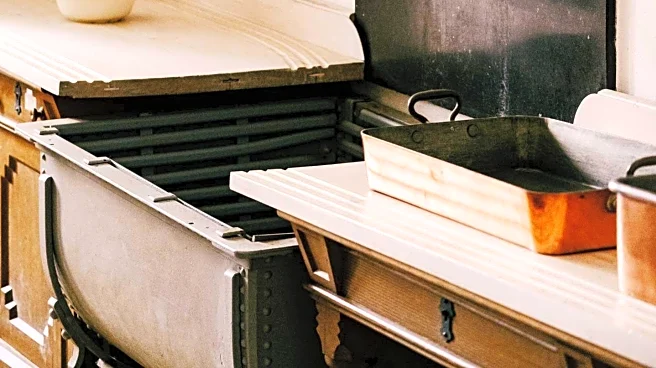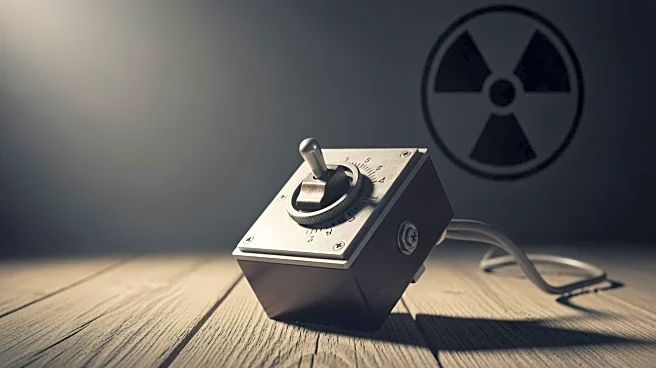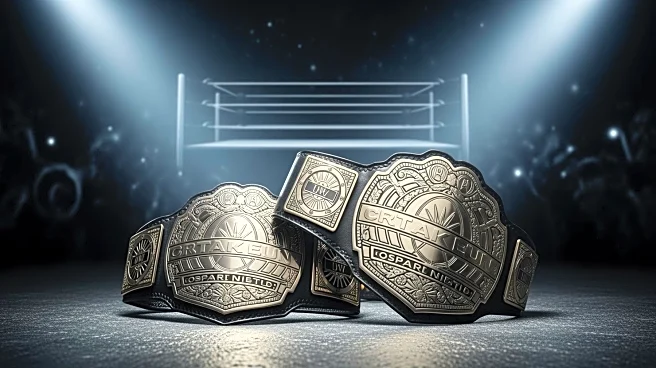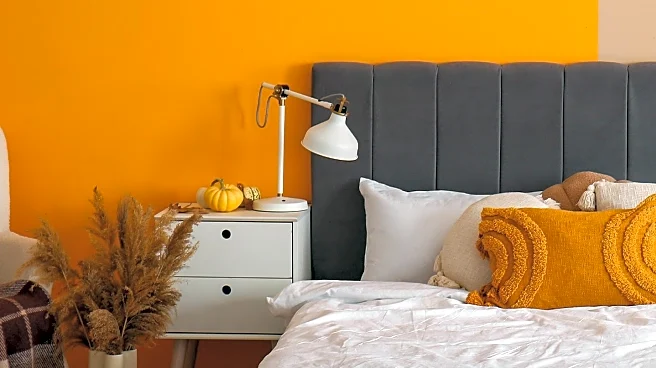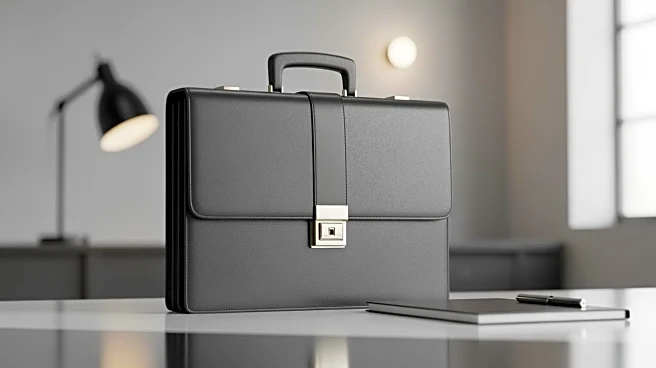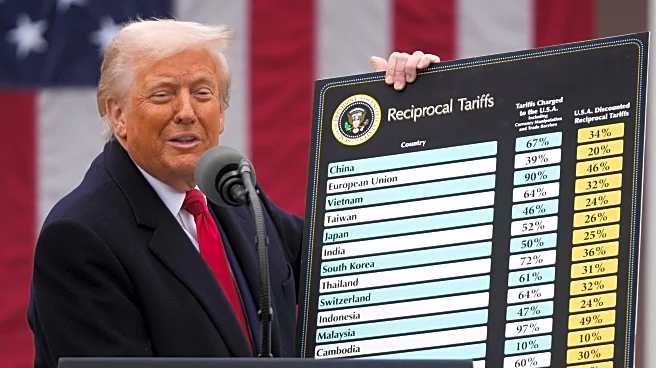What's Happening?
A recent article has spotlighted several vintage-inspired homeware brands known for their unique and collectible decor items. Brands such as Pfaltzgraff, Enesco, Lenox, and Napcoware are noted for their distinctive
styles and historical significance. Pfaltzgraff, for instance, is recognized for its Yorktowne pattern, a blue floral folk art motif dating back to 1967. Enesco is famous for its collaborations with artists and brands like Peanuts and Disney, offering collectible figurines. Lenox is known for its elegant tableware, including pieces commissioned by the White House. Napcoware, originally founded in Ohio, is celebrated for its mid-century Japanese imports, which are popular among collectors for their whimsical designs. These brands are frequently found in thrift stores and antique fairs, appealing to those interested in vintage decor.
Why It's Important?
The resurgence of interest in vintage homeware brands reflects a broader trend towards sustainable and unique home decor. As consumers increasingly seek items with historical significance and artistic value, these brands offer a way to incorporate nostalgia and craftsmanship into modern living spaces. Collectors and resellers benefit from the demand for these items, which often hold sentimental value and can appreciate over time. The popularity of these brands also highlights a shift in consumer preferences towards personalized and meaningful home environments, moving away from mass-produced goods.
What's Next?
As interest in vintage homeware continues to grow, these brands may see increased demand, leading to higher prices and scarcity of certain items. Collectors and resellers might focus on sourcing rare pieces, while consumers may explore online platforms to find specific items. The trend could also inspire new collaborations and designs that blend vintage aesthetics with contemporary functionality, appealing to a wider audience.
Beyond the Headlines
The appeal of vintage homeware brands extends beyond aesthetics, touching on cultural and historical appreciation. These items often carry stories and traditions, offering a connection to the past. As consumers become more conscious of their environmental impact, the sustainable aspect of purchasing vintage items—reusing and repurposing—aligns with eco-friendly values. This cultural shift towards valuing history and sustainability may influence future design trends and consumer behavior.
